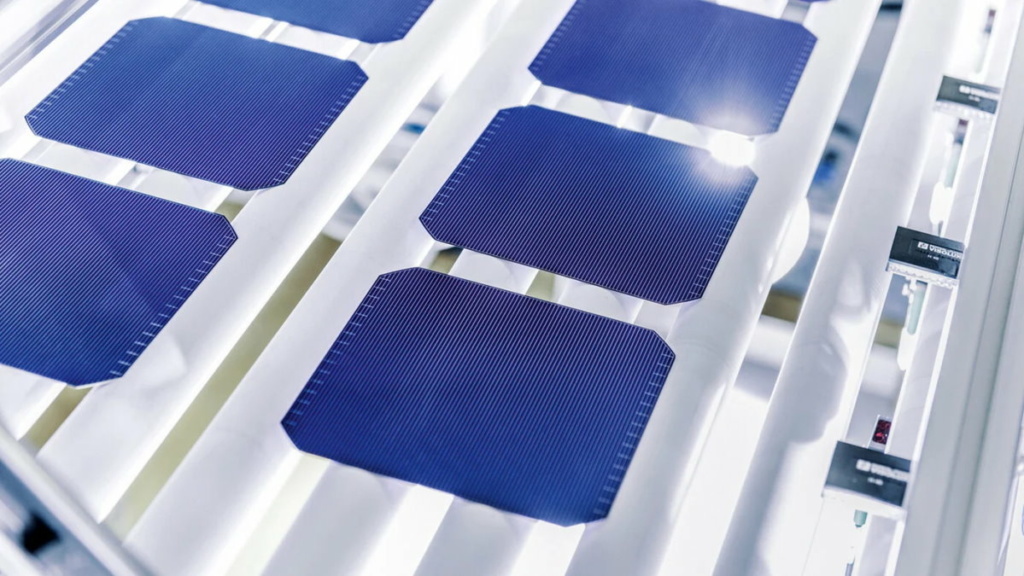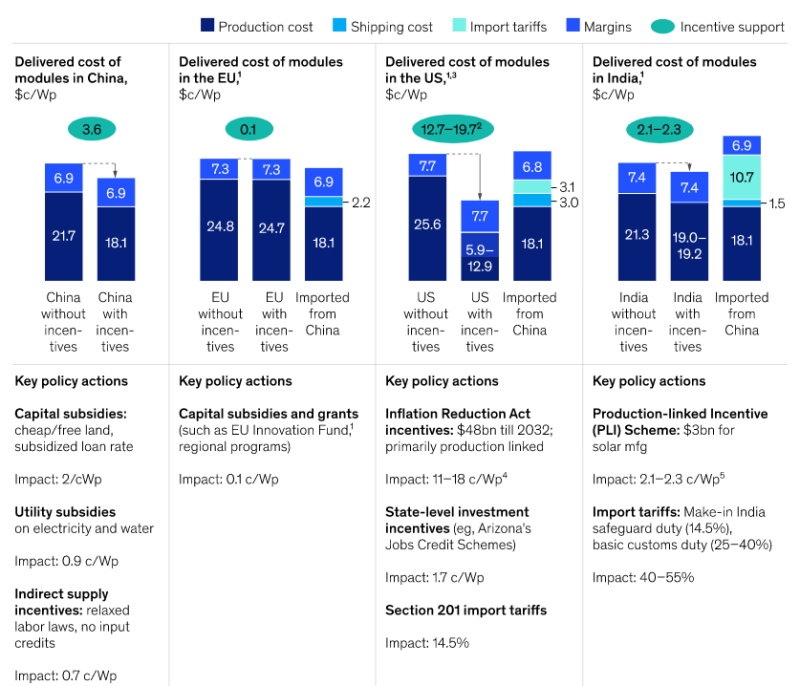
Europe’s last remaining solar industry buckles under Chinese pricing onslaught
“European solar manufacturing isn’t sustainable for the time being,” Meyer Burger writes in a statement unveiling plans to close down its PV module assembly plant in Saxony. Citing a lack of sufficient measures to create a level playing field in Europe, Germany’s last remaining solar panel manufacturer intends to focus on growth in the “highly attractive” US market.
Meyer Burger isn’t the only European solar company to fight for its life. Silicon ingot producer Norwegian Crystals filed for bankruptcy, as did Austria’s Energetica. Another Norwegian solar outfit, Norsun, temporarily shut down its plant. “What we’ve witnessed in recent months is just the beginning of what we fear could become a wave of shutdowns in PV manufacturing operations, turning off the light of the European PV industry’s renaissance,” the European Solar Manufacturing Council (ESMC) warns. The trade body urges swift emergency measures to turn the tide.
Too late
The PV market, which is dominated by China, entered a situation of oversupply last year, resulting in steep price drops. Prices of Chinese solar modules have fallen 42 percent in 2023, according to a study published by energy consultancy Wood Mackenzie. By now costing almost twice as much per watt, European modules are piling up in warehouses as Chinese companies continue to flood the market.
These Chinese firms have few other places to go. Apart from China’s domestic market, Europe is the only major PV market still completely open to them after both the US and India introduced import tariffs and regulatory hurdles. European imports of Chinese modules likely reached record levels in 2023.
A substantial part of these panels are now gathering dust as well. Some, says the ESMC, are sold in Europe even below Chinese manufacturing costs, “possibly to strangle Europe’s plans to re-establish PV manufacturing in Europe already in the cradle.”
In the previous decade, Europe’s PV industry withered as China scaled up production and took over the industry. Things started to look up for the surviving solar companies after COVID shortages alerted European policymakers to the dangers of being completely dependent on imports when it comes to strategic technologies. Just like for semiconductor and battery technology, the EU now wants a solid ‛domestic’ PV manufacturing base. The benchmark has been set at a manufacturing capacity of strategic net-zero technologies to meet at least 40 percent of the EU’s annual deployment needs by 2030.

Measures are in the works to level the playing field – a 2022 McKinsey study showed that unlike China, India and the US, the European solar manufacturing sector barely receives any support. However, it will take at least another couple of years for this legislation to take effect. That will be too late, the ESMC says. “If nothing is done now, there will be no industry to count on by 2030.”
Main picture credit: Meyer Burger





